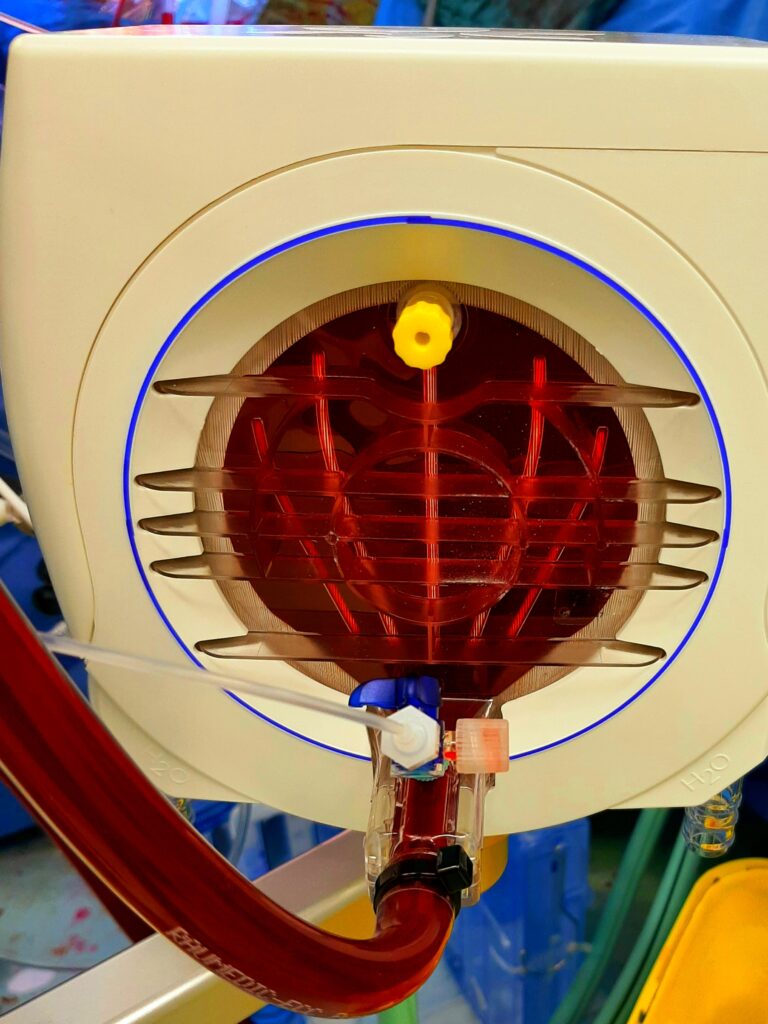Extracorporeal Membrane Oxygenation in the Forensic Setting: A Series of 19 Forensic Cases

Extracorporeal membrane oxygenation (ECMO) employs vascular cannulation and a gas exchange circuit to provide support to patients with severely compromised cardiopulmonary function. ECMO is often the last intervention taken before death and thus presents a unique challenge to medical examiners. This study describes the characteristics of decedents on ECMO at the time of death, including clinical indications, types of circuit configurations, causes and manners of death, gross findings at autopsy, and therapeutic complications. Files of a regional medical examiner office within an academic medical center were searched for the period between 2013 and 2019. Nineteen cases were identified with a median age of 36 years. The circumstances surrounding the initial presentation included: sudden death, trauma, substance abuse, homicide, therapeutic complication, work-related injury, drowning, and hypothermia. The underlying causes of death included injury-related, as well as respiratory and cardiac-related natural diseases. The time spent on ECMO varied from less than 1 h to 10 months. Complications encountered due to ECMO included cannulation site bleeding, pneumohemopericardium, retroperitoneal hematoma, limb ischemia, clotting, and cannula dislodgement. The patient population likely to receive ECMO has significant overlap with death circumstances likely to be reported to the medical examiner. As ECMO therapy has become increasingly available, it is of importance for medical examiners and death investigators to be familiar with the procedure as well as its limitations. Familiarity with ECMO and its sequelae allows for the proper documentation of postmortem findings and fosters an informed determination of the cause and manner of death.
